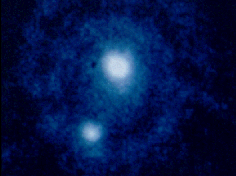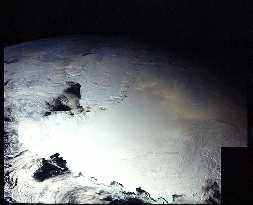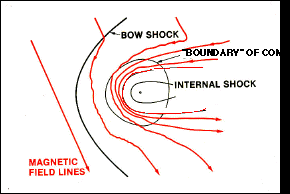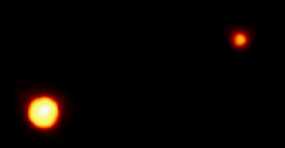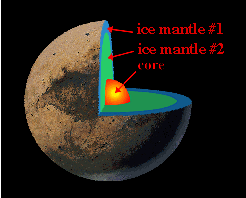Pluto Image List

This is the clearest view of Pluto and its satellite Charon seen by the Hubble Space Telescope and taken by the European Space Agency's Faint Object Camera on February 21, 1994. (Courtesy of NASA and Dr. R. Albrecht, ESA/ESO Space)
(12K JPG)

This is an image of Pluto taken by the Hubble Space Telescope.
(28K JPG)
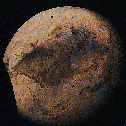
This is an artist's conception of Pluto and Charon. Pluto is in the background and Charon is in the foreground. (Courtesy of Pat Rawlings, Science Applications International)
(183K GIF)

This is an image of Pluto and Charon taken by the Hubble Space Telescope. (Courtesy of Aris Multimedia Entertainment, Inc. 1994)
(29K GIF)
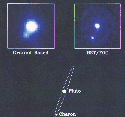
This is the same image.
(145K GIF)

This is an image of Pluto and Charon from the Nordic Optical Telescope. (Courtesy of Nordic Optical Telescope, La Palma)
(36K GIF)

This is an image of Pluto from earth based occultation measurements.
(17K GIF)

This is an image of Charon from earth based occultation measurements.
(11K GIF)
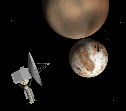
This is an artist conception of a proposed Pluto Fast Flyby Mission. (Courtesy of NASA/JPL)
(55K GIF)

This is a painting of the Pluto Express mission scheduled for 2001 to arrive in Pluto 2006-2008. (Courtesy of Pat Rawlings and NASA/JPL)
(239K GIF)
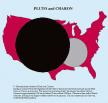
This is showing the sizes of Pluto and Charon. Pluto is a little less than double the size of Charon. (Courtesy of NASA/JPL)
(44K JPG)
Go back to Mars
, Jupiter,
Mercury,
Saturn,
Neptune,
Venus
,
Moon,
Earth,
Asteroids,
Comets,
Sun
,
Missions,
Uranus,
Astrophysical Objects






